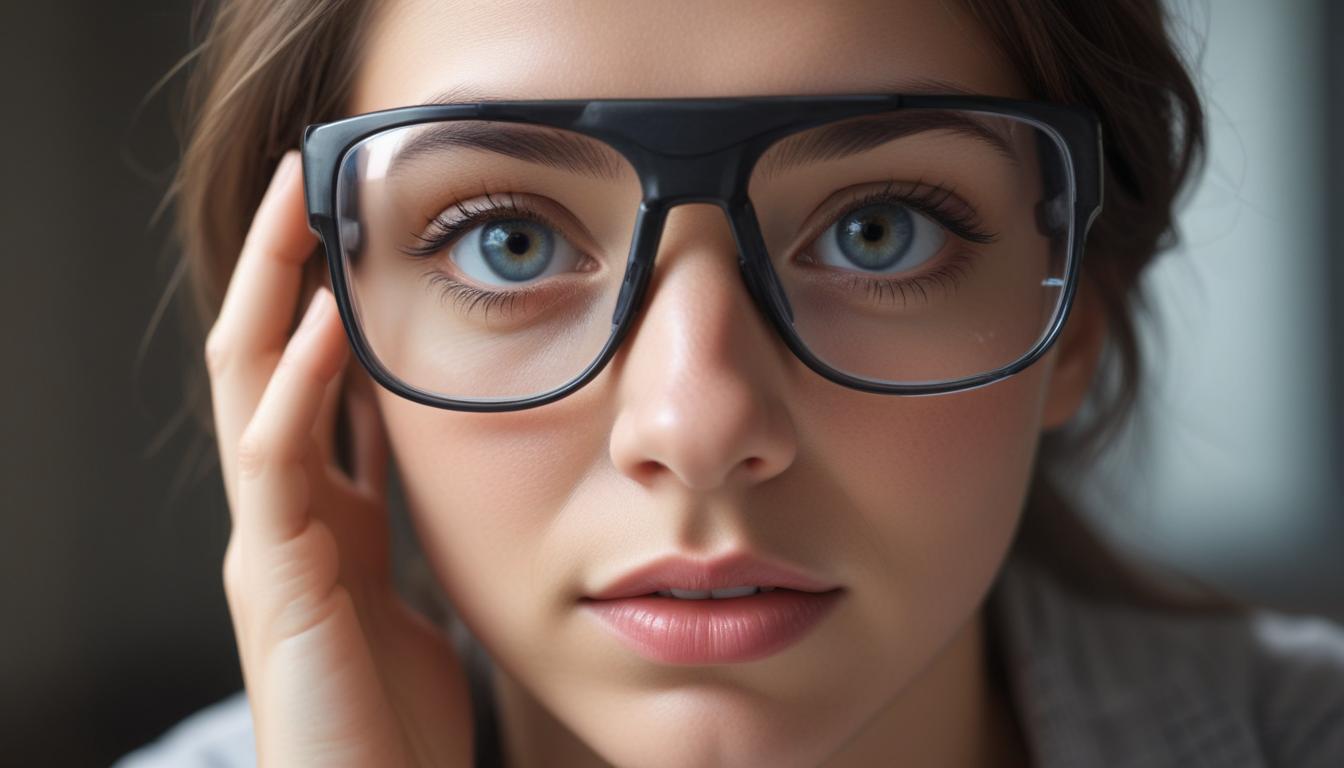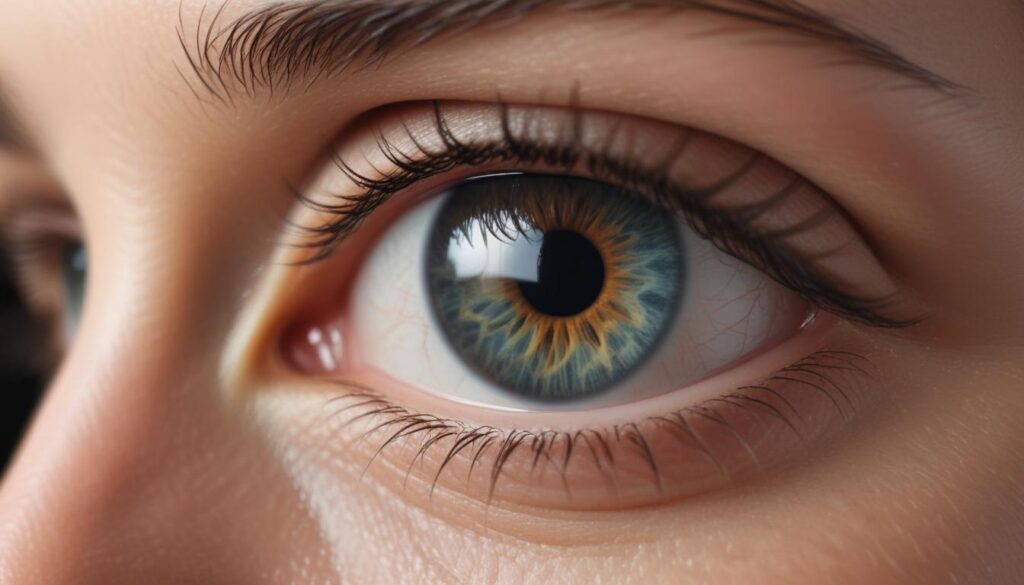Now Reading: Save Your Eyes from Screen Strain
- 01
Save Your Eyes from Screen Strain
Save Your Eyes from Screen Strain

Healthy Vision Protecting Your Eyes from Digital Strain
Do your eyes feel tired, gritty, and strained after a day of looking at a computer, phone, or tablet? You might find yourself rubbing them frequently, struggling with blurry vision, or even dealing with tension headaches that seem to come out of nowhere. If this sounds familiar, you are not alone. In our hyper-connected world, spending hours in front of a digital screen is the norm for work, school, and entertainment. This constant engagement, however, comes at a cost to our eye health, leading to a condition known as digital eye strain.
The good news is that you don’t have to choose between your digital life and your comfort. Protecting your vision doesn’t require a complete technology detox. By understanding the strain your eyes are under and implementing a few simple, consistent habits, you can significantly reduce discomfort and safeguard your long-term eye health. It’s time to take control and give your hardworking eyes the care and relief they deserve.
Understanding Digital Eye Strain
Digital eye strain, also referred to as computer vision syndrome, is not a single specific problem but a collection of eye and vision-related issues that result from prolonged use of digital devices. When we focus on a screen, our eyes have to work harder than they do when reading a printed page. The letters on a screen are often not as sharply defined, the level of contrast between the text and the background is lower, and the presence of glare and reflections can make viewing even more challenging.
This sustained effort can lead to a wide range of uncomfortable symptoms. You might experience persistent headaches, a feeling of dryness or itchiness in your eyes, blurred or double vision, and even pain in your neck, shoulders, or back from poor posture. The reason we experience these issues is that our eyes’ focusing muscles become fatigued from the constant work of adjusting to the screen. Furthermore, studies show we blink significantly less—up to 66% less often—when staring at a digital device, which prevents our eyes from staying properly lubricated and leads to that classic dry, gritty sensation.

Practical Strategies for Eye Protection
Effectively combating digital eye strain involves making conscious adjustments to your habits and your environment. One of the most powerful and widely recommended techniques is the 20 20 20 rule. The concept is incredibly simple yet highly effective. For every 20 minutes you spend looking at a screen, you should take a 20-second break to look at something at least 20 feet away. This simple action allows the ciliary muscles inside your eyes, which are responsible for focusing, to relax. Think of it as a quick stretch break for your eyes, preventing the fatigue that builds up from sustained close-up focus. Set a timer on your phone or use a browser extension to remind you until it becomes a natural habit.
Your physical workspace setup also plays a crucial role in preventing strain. Position your computer monitor or laptop screen about an arm’s length away from your face, with the top of the screen at or slightly below your eye level. This downward gaze is a more natural and relaxed position for your eyes and neck. Take a moment to adjust your screen’s settings; reduce the brightness to match the ambient light in your room, increase the contrast for better text clarity, and enlarge the font size so you aren’t squinting. Finally, tackle glare. Position your screen to avoid reflections from windows or overhead lights, and if that’s not possible, consider investing in an anti-glare screen filter.
Beyond the Screen Lifestyle Habits for Better Vision
Protecting your vision extends beyond the time you spend in front of a screen. It’s essential to integrate healthy habits into your overall lifestyle, starting with regular comprehensive eye exams. An optometrist can not only check for changes in your vision that might require corrective lenses but also screen for more serious eye conditions. Be sure to tell your eye doctor about your daily screen usage so they can offer personalized advice and check for signs of digital eye strain. These appointments are crucial for maintaining long-term health and catching potential problems before they become severe.
Your diet also has a direct impact on the health of your eyes. Eating a balanced diet rich in specific vitamins and nutrients can help protect against eye-related problems. Incorporate foods high in vitamin A (like carrots and sweet potatoes), vitamin C (like oranges and bell peppers), and vitamin E (like nuts and seeds). Crucially, omega-3 fatty acids, found in fatty fish like salmon and tuna, are vital for maintaining moisture and can help alleviate dry eye symptoms. Leafy green vegetables such as spinach and kale are packed with lutein and zeaxanthin, antioxidants that are known to protect the retina from damaging blue light and oxidative stress. By nourishing your body, you are directly nourishing your eyes for a clearer, more comfortable future.



































